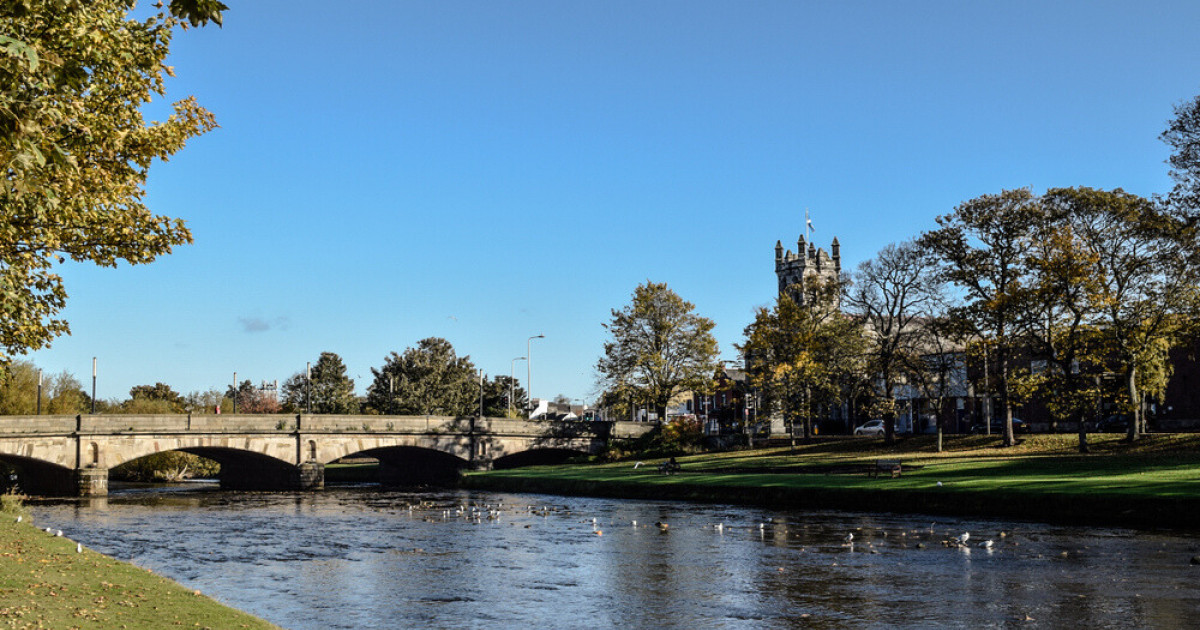Musselburgh Flood Protection Scheme

Following the publication of the Musselburgh Flood Protection Scheme in June this year, the branch and committee have had discussions and arrived at the following campaigning points which would improve the scheme or give crucial clarity on it. We will use every opportunity to press for these changes between now and January, when the design is finalised and presented to Council for a vote on approval. We will not decide whether to support it or not at that vote until the final design is published.
Climate change is unquestionably going to cause sea level rise that will change our coastline significantly. However, we must also acknowledge the uncertainty of predictions and take an iterative approach: one in which defences are proportionate to the risk for the short-medium term, and can be added to in future if necessary.
East Lothian Greens are calling for:
- A re-design of the coastal defences from the Esk to the Brunstane Burn with a lower standard of protection than the current outline design, (e.g, one which builds for the next 25 years of predicted sea level rise rather than 75). This would lessen the impact of engineered defences, and reduce the financial and environmental costs of construction.
- A thorough analysis of the likely impact of defences on erosion in adjacent coastal areas.
Our manifesto committed to supporting a scheme only if there was a significant role for Natural Flood Management (NFM) in the Esk catchment. We believe the outline design does not yet go far enough: Musselburgh’s Scheme could be a national exemplar of good practice in blending natural with engineered soultions. The establishment of an ‘Esk Forum’ to bring together local stakeholders (similar to the Tweed Forum), may provide the long-term framework for this work.
- We therefore call for further exploration of potential NFM interventions: both as part of the formal Scheme and through an emergent stakeholder group, e.g., an Esk Forum.
- We continue to call for an additional public consultation event specifically to address this issue.
Wildlife and nature should be valued and protected in every design choice:
- Trees should not be cut down if there is an option to instead place defences elsewhere, e.g., on the carriageway by removing parking spaces or changing roads to one-way.
- Innovative materials should be explored to maximise biodiversity on the built defences, for example with ‘eco-tiles’ trialled by the Edinburgh Shoreline project in intertidal areas.
The carbon footprint of the scheme is a major concern. Before the vote, we would expect to see:
- A detailed projection of emissions from the construction
- A plan for how to minimise emissions at every stage in the process (this should then be reported on at least annually during the construction process, e.g., through the annual CO2 emissions report to the Scottish Government).
The ash lagoons are a huge environmental risk to the ecosystems in the Firth of Forth and around: this is part and parcel of the toxic legacy of the fossil fuel industry. There is no feasible alternative to a repair of the lagoon sea wall and we support this part of the design:
- The sea wall should be repaired and future-proofed to the highest standard possible under the available funding. All avenues should be explored to ensure that Scottish Power are fulfilling their legal responsibility for waste containment, both now and in the future.